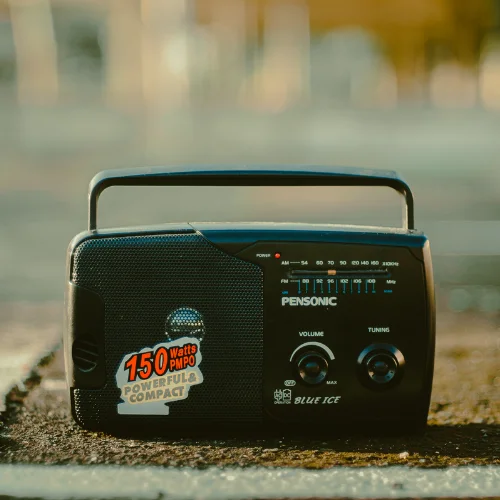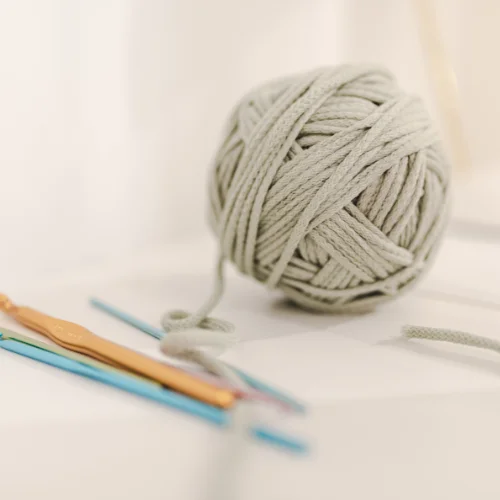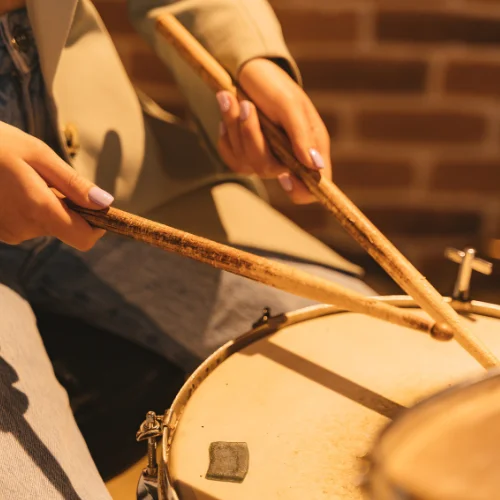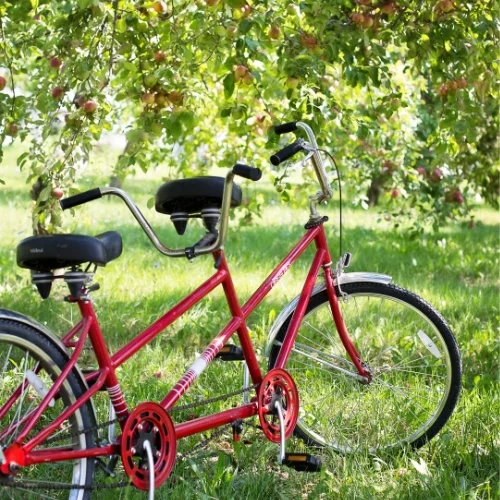8 Activities for Blind Seniors with Dementia
As our loved ones age, maintaining a vibrant and engaging lifestyle becomes crucial for their overall well-being. This rings especially true for seniors grappling with dementia and vision impairment. In this blog post, I will talk about 8 activities tailored for blind seniors with dementia, offering not only entertainment but also cognitive and emotional benefits.
Here Are the 8 Activities for Blind Seniors with Dementia
1. Listen to Old Time Radio Shows

One timeless activity that brings joy and sparks memories is listening to old-time radio shows. The crackling sound of the radio and the gripping narratives transport seniors back to bygone eras. The charm lies in the simplicity of tuning in, and it’s easily accessible—just head to your local library for CDs or explore the vast online platforms.
Gunsmoke and Hitchcock are stellar choices to kickstart this auditory journey. Picture your loved one leaning back, eyes closed, immersed in the captivating tales of the Wild West or the suspenseful twists crafted by Hitchcock.
2. Podcasts

Besides classic radio shows, podcasts offer a contemporary avenue for auditory pleasure. With an array of genres spanning from history to comedy, finding the perfect podcast is a breeze. Consider introducing your loved one to podcasts on topics close to their heart—whether it’s history, literature, or even reminiscences of days gone by.
Podcasts, accessible through various devices, create a bridge between the past and present, stimulating mental faculties and fostering a sense of connection with the world.
3. Talking Book Reader
When it comes to the visually impaired, accessing literature can be a challenge, but it’s far from impossible. Reach out to your local Association for the Blind for a talking book reader and access to the Braille and Audio Reading Download (BARD) system. This opens up a world of free books and magazines, providing intellectual nourishment and entertainment.
An additional tech-savvy tip is to introduce an Alexa device beside their bed. Its user-friendly interface allows easy navigation, playing radio stations, and streaming podcasts, amplifying the accessibility of information and entertainment.
4. Knitting

Engaging in crafts is not only a source of joy but also a therapeutic endeavor. Knitting, in particular, offers a tactile experience that is both relaxing and mentally stimulating. It’s a fantastic way for seniors to create something beautiful while maintaining dexterity and focus.
Equally important is the sense of accomplishment that comes with completing a knitted project. Consider choosing vibrant, contrasting yarns and simpler patterns to enhance the experience, making it a delightful venture into the world of textures and colors.
5. Learn to Play Drums

The beauty of music knows no bounds, and learning to play an instrument can be a fulfilling endeavor at any age. The drums, with their rhythmic and percussive nature, offer an avenue for self-expression and creative outlet. The best part? There’s no need for perfection—just the joy of creating music.
Set up a drum kit with tactile markers for different components, facilitating easy navigation. The rhythmic patterns can provide a sense of structure and routine, contributing positively to cognitive function.
6. Tandem Cycling

Vision impairment doesn’t mean giving up on the joy of cycling. Tandem cycling, with a sighted partner handling the steering, allows seniors to feel the wind in their hair and the freedom of movement. It’s a fantastic way to stay active, connect with nature, and enjoy the companionship of a shared adventure.
Consider investing in a reliable tandem bike and exploring nearby trails or parks. The experience goes beyond the physical activity; it’s about embracing life’s journey together, one pedal at a time.
7. Dancing
Dancing transcends barriers, and for seniors with dementia, it becomes a powerful medium for self-expression. Arrange for dance sessions where they can hold hands with partners or caregivers to ensure a safe and enjoyable experience. The tactile connection not only provides physical support but also strengthens emotional bonds.
Whether it’s a lively swing or a slow waltz, dancing fosters a sense of joy and connection with the rhythm of life. It’s an activity that engages both body and mind, promoting overall well-being.
8. Join a Support Group

Finally, connecting with others who share similar experiences is invaluable. Joining a support group for the visually impaired allows seniors to engage in meaningful conversations, share stories, and build a sense of community. These gatherings, often held in outdoor settings like parks, offer a breath of fresh air and a chance to connect with others facing similar challenges.
Encourage your loved one to attend these events with a caregiver or family member, providing both social support and an opportunity to explore shared interests.
Conclusion
In the tapestry of life, the threads of joy, connection, and engagement are woven together to create a meaningful existence. For blind seniors with dementia, these activities serve as vibrant hues, enriching their days with experiences that transcend physical limitations.
As you embark on this journey with your loved ones, consider which activities align with their interests and preferences. It’s not just about the activity itself but the joy, connection, and sense of accomplishment it brings.
What activities have you found most beneficial for your loved ones? How do you ensure they stay engaged and connected? Share your experiences and insights in the comments below.
